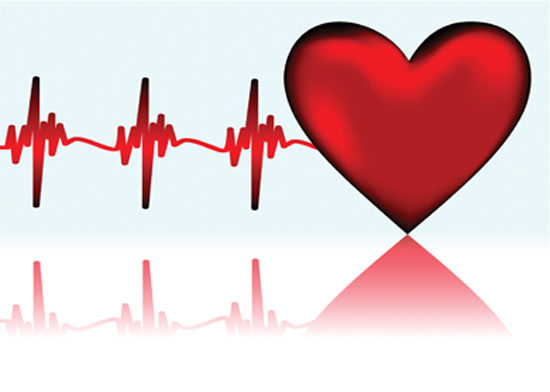The millions of marketing dollars spent on perpetuating this myth have successfully kept us focused on a relatively minor character in the heart disease story—and created a market for cholesterol-lowering drugs worth more than $30 billion a year. The real tragedy is that by putting all of our attention on “LDL cholesterol,” we’ve virtually ignored therealpromoters of heart disease: inflammation, oxidation, sugar, and stress.
In the new, updated edition of the book—out in October 2020—we show that cholesterol numbersas they are now tested—i.e. HDL (“good” cholesterol) and LDL (“bad” cholesterol)—are pretty poor predictors of heart disease. Up to 70% of people hospitalized with heart attacks have perfectly normal cholesterol levels, and about half the people with elevated cholesterol levels have perfectly normal, healthy tickers. (Those numbers might change if doctors used the much more modernized version of cholesterol tests, which we discuss throughout the book—but doctors continue to use the old-fashioned “good” and “bad” test, which predicts about as accurately as flipping a coin.)
Many of the general dietary guidelines accepted and promoted by the government and by major health organizations such as the American Heart Association are either directly or indirectly related to cholesterol phobia. These standard guidelines warn us to limit the amount of cholesterol we eat, despite the fact that for at least 95% of the population, cholesterol in thediet has virtually no effect on cholesterol in the blood, and despite the fact that cholesterol in thebloodis being measured in an obsolete way.
The current guidelines continue to warn us of the supposed dangers of saturated fat, despite the fact that the relationship between saturated fat in the diet and heart disease has never been convincingly demonstrated, and despite the fact thatresearch showsthat replacing saturated fat in the diet with carbohydrates actuallyincreases the risk for heart disease.
Dr. Sinatra and I also believe that saturated fat isnot the dietary equivalent of Satan’s spawn. Many saturated fats are quite healthy, while many “vegetable oils” are anything but.
And we strongly believe that our national obsession with lowering cholesterol has come at a considerable price. “Cholesterolmania” has caused us to focus all our energy around a fairly innocuous molecule with a marginal relationship to heart disease. By making “cholesterol tests” the standard for predicting and treating heart disease, we’ve ignored many other predictors which show up far earlier.
The Diabetes Connection
As we discuss at length in the new book, one of the most important of those predictors isinsulin resistance, which can be loosely defined as a metabolism that doesn’t process carbohydrates efficiently. (Insulin Resistance Syndrome is also known as pre-diabetes, or metabolic syndrome.) In fact, insulin resistance is one of the earliest signs of a coming cardiometabolic problem like heart disease. And it can be treated, prevented or reversed by changing your diet, an inconvenient fact the $30 billion cholesterol-lowering industry seems hell bent on ignoring.Study after study has shown that lowering the risk for heart disease has very little to do with lowering cholesterol. And more and more studies are demonstrating that the real initiators of damage in the arteries are oxidation and inflammation. These factors, along with sugar in your diet and chronic stress in your life, are what ages the human body the most.These are the culprits weshouldbe focused on.
In my career, I have examined the strategies that seemed to work for the healthiest, longest-living people on earth and found that lowering cholesterol has almostnothingto do with reducing heart disease, and definitely nothing to do with extending life.
Worth noting: biochemist George Mann, M.D., of Vanderbilt University, who participated in the development of the world-famousFramingham Heart Study, later described the cholesterol-as-an-indicator-of-heart-disease hypothesis as “the greatest scam ever perpetrated on the American public.”
Life can’t go on without cholesterol, a basic raw material made by your liver, brain, and almost every cell in your body. Enzymes convert it into vitamin D, adrenal hormones, sex hormones (such as estrogen, progesterone, and testosterone), and even bile salts for digesting and absorbing fats. Cholesterol makes up a major part of the membranes surrounding cells and the structures within them.
The brain is particularly rich in cholesterol and accounts for about a quarter of all the cholesterol we have in our bodies. The fatty myelin sheath that coats every nerve cell and fiber is about one-fifth cholesterol. Neuronal communication depends on cholesterol. It is not surprising that a connection has been found between naturally occurring cholesterol and mental function. Lower levels are linked to poorer cognitive performance.
As my co-author, Dr. Sinatra, says in the book:
I’ve come to believe that cholesterol is a minor player in the development of heart disease and that whatever good statin drugs accomplish has very little to do with their cholesterol-lowering ability.










